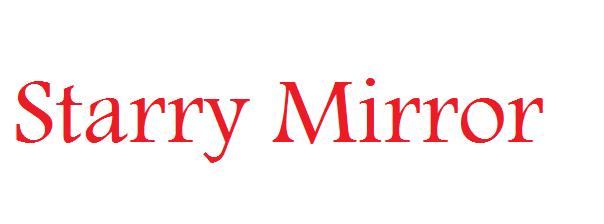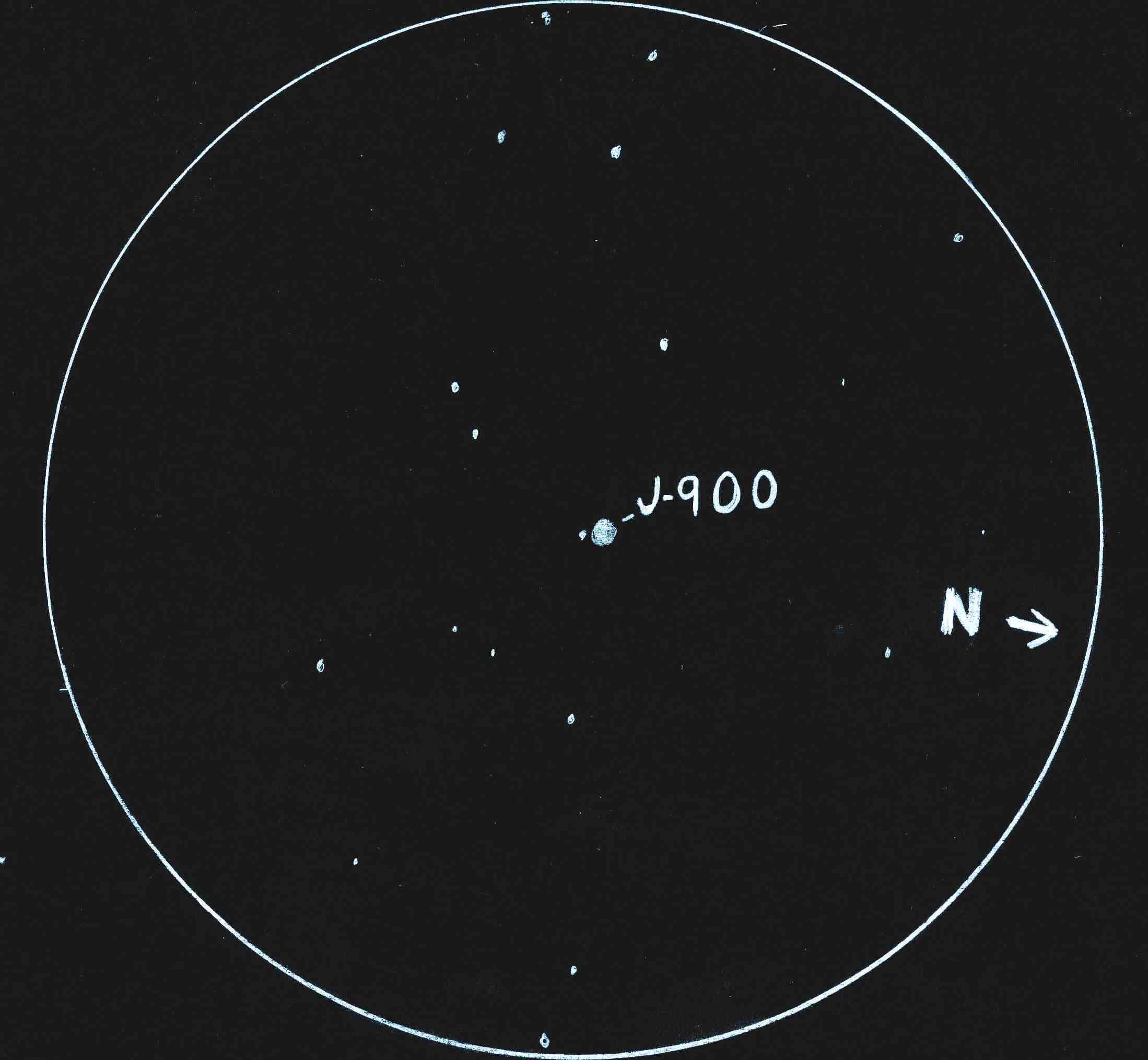Copyright 2008 Starry Mirror



The
TM
Astronomy From West Virginia
JONCKHEERE 900 IN GEMINI - DECEMBER 27, 2008
BRIDGEPORT, WV (S-M) - The days after Christmas have been unusually warm, and tonight we took the opportunity to have a look at the Winter constellations in weather which was more like what one expects around the Fourth of July than the New Year. We had a look at the famous open cluster M35 in Gemini, and then we thought it would be interesting to move along the southern part of Gemini, and see what there was to see in the region.
From M35, we moved just a little east, to the cluster Collinder 89. This cluster has a distinctive "dipper" shape, but we were only able to see it all thanks to the wide field of our 10" reflector. While in the area, we also had a look for some of the diffuse nebulae which are in this area near Mu and Eta Geminorum, but our hopes to see the clouds were perhaps too optimistic, as all we saw was black sky sprinkled with stars.

As we moved about two degrees east to see the open cluster Bochum 1, which was hardly apparent in the starry backdrop, we noticed our chart showed a planetary nebula with the strange-sounding label Jonckheere 900 just a little further to the east. After following some triangle and trapezoid shapes along the background stars, we were able to find the position of J-900, and the little nebula was obvious.
At low power, we thought the nebula appeared as two lobes, with a total width of around 10 arc seconds. An increase in power showed that the "southern" lobe was in fact a magnitude 12 star, and the nebula itself appeared only about 4 arc seconds in diameter. It is always a thrill to see a new object, but we did wonder a bit about why this object, which is relatively easy to see, had been overlooked and had been designated in a catalog which is hardly ever mentioned. So, we were off to our own library to find out more about this odd little nebula.
It seems that the nebula was first noticed by Robert Jonckheere of the Royal Observatory, Greenwich, in 1912. It is likely that the nebula had simply been mistaken for a star before that time. Anyhow, the nebula was observed by EE Barnard of Yerkes in April 1913, and he measured its diameter as 7.9 arcseconds, more than twice the value measured by Jonckheere. Jonckheere stated, "When one considers the appearance of a nebula in different telescopes, the size of the objective [lens or mirror] becomes a very important factor." Observations also turned up a central star of magnitude 18. The magnitude 13 star which we can see at the edge of the nebula was shown to be unrelated. Assertions by Barnard and Jonckheere that the magnitude 13 star showed motion around the nebula appear to have been based on small measurement errors.
We could not find much more about the nebula in our materials. Spectroscopic observations in the 1970's revealed that it is rotating around an axis perpendicular to our line of sight. We are viewing it from the "side," so to speak. There were a few other observations over the years regarding the nebula's spectrum and its central star. Otherwise, the nebula seems to be a fairly anonymous object, just bright enough to be visible in medium-sized telescopes, but not unusual enough to have warranted much attention. - GW